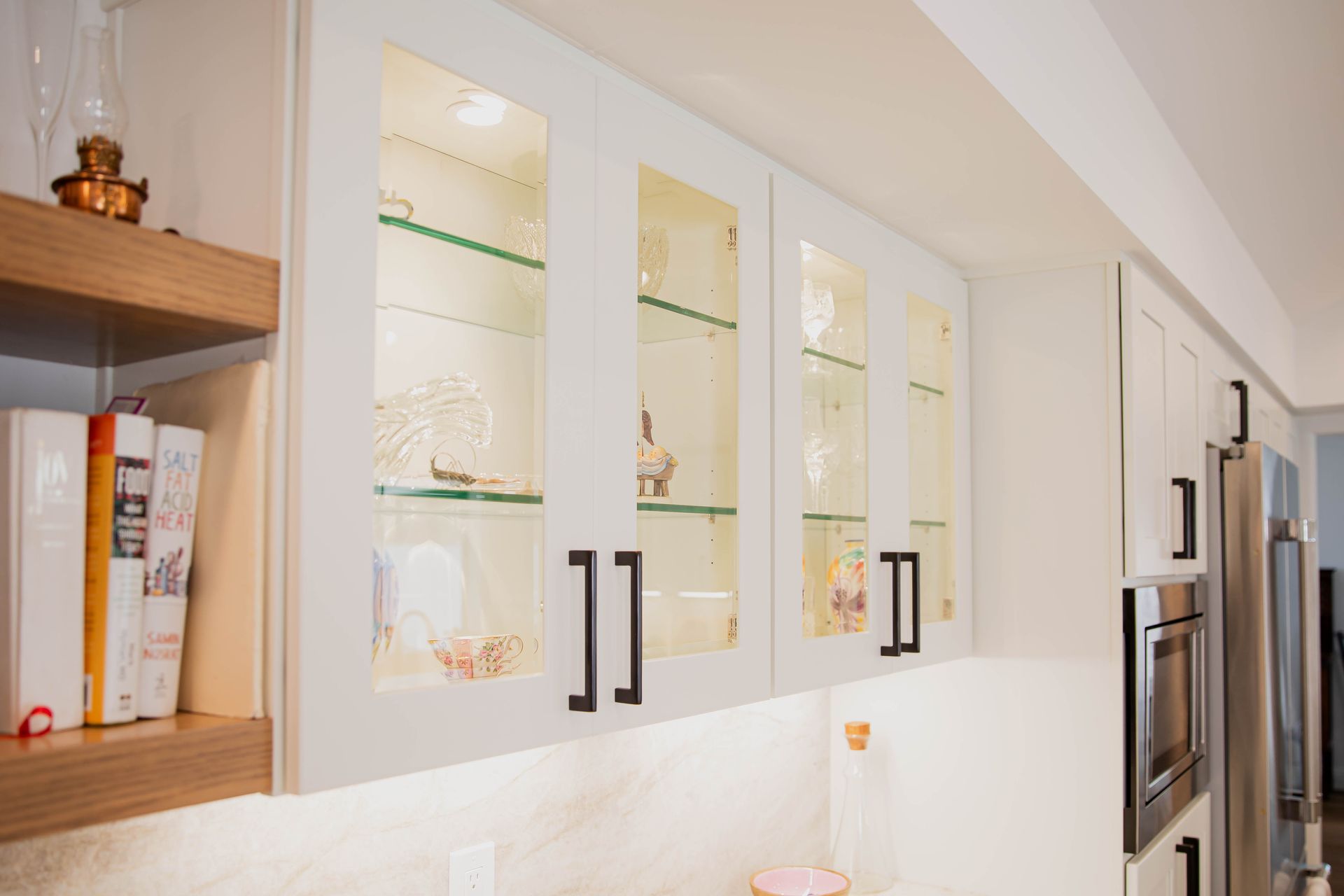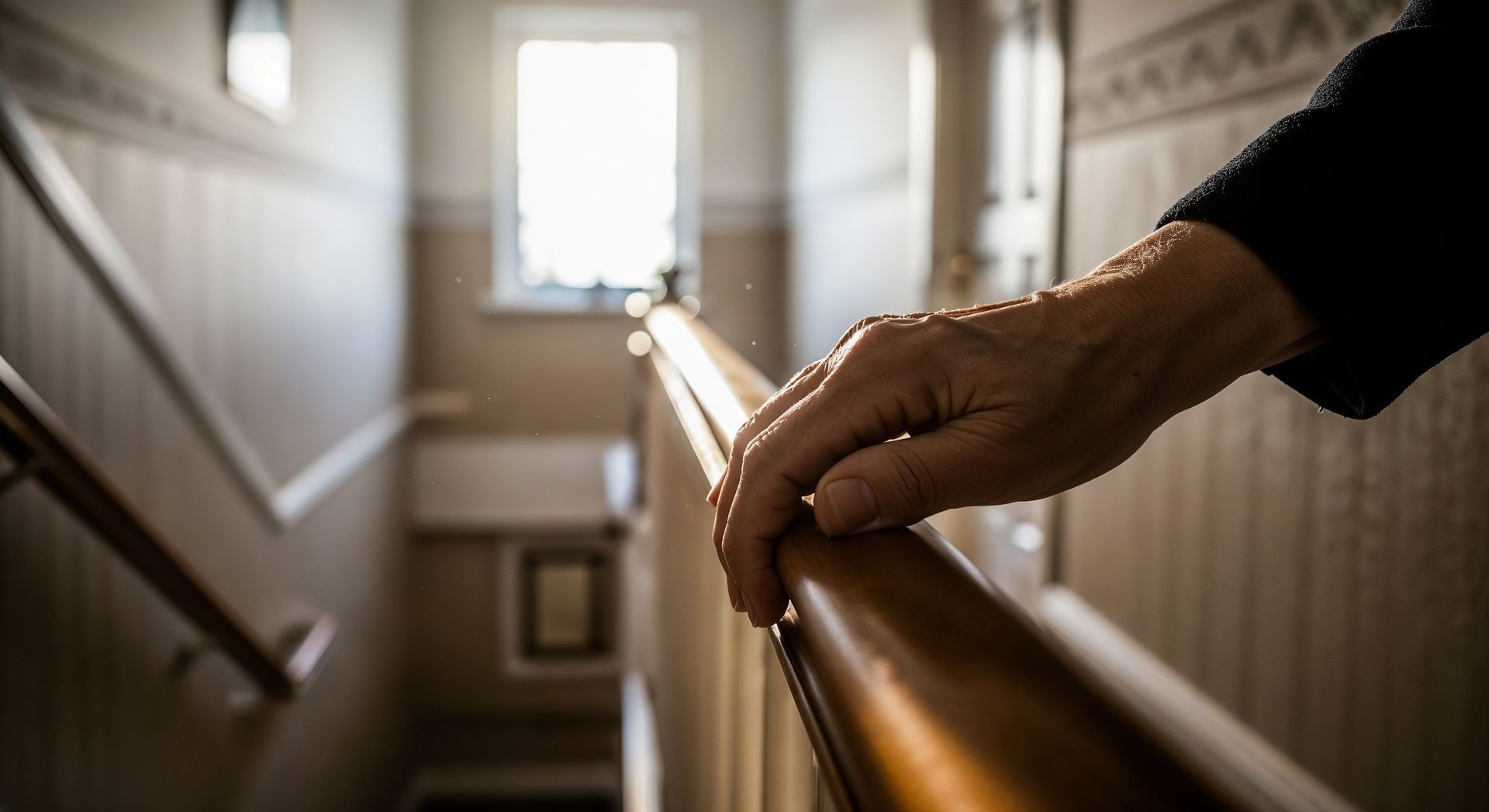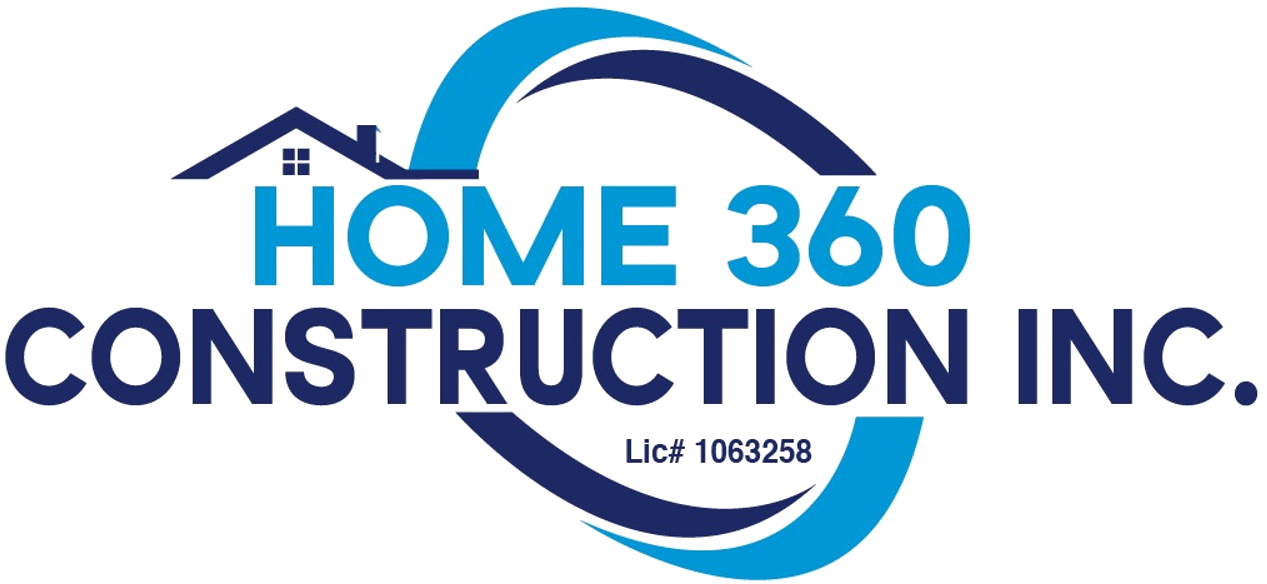In today's environmentally conscious world, sustainable living has become a crucial part of our daily lives, extending into how we remodel and renovate our homes. Making eco-friendly choices doesn't mean compromising on style or luxury. With innovative materials and energy-efficient designs, it's possible to create a home that's both beautiful and kind to the planet. Here are some sustainable home renovation ideas to help you achieve that perfect balance.
Choose Sustainable Materials
Bamboo and Cork Flooring
Forget traditional hardwoods and consider bamboo or cork for your flooring needs. Bamboo grows much faster than hardwood trees, making it a sustainable option. Cork, conversely, is harvested from the bark of cork oak trees without harming the tree itself, providing excellent insulation.
Recycled or Reclaimed Wood
Opt for recycled or reclaimed wood for a rustic charm or a touch of warmth. Not only does this prevent further deforestation, but it also adds history and character to your home.
Low-VOC Paints
Volatile Organic Compounds (VOCs) are harmful to the environment and can also affect your health. Choosing low-VOC or VOC-free paints ensures cleaner indoor air quality and a safer home environment.
Energy-Efficient Design
Maximize Natural Light
Design your space to maximize natural light, reducing the need for artificial lighting during the day. Consider installing skylights or larger windows, especially in darker areas of your home.
Smart Insulation
Investing in high-quality insulation and energy-efficient windows can dramatically reduce your energy consumption by keeping your home warmer in the winter and cooler in the summer.
Solar Panels
While the initial investment can be significant, solar panels reduce your electricity bills and carbon footprint. Many governments offer incentives and rebates for solar panel installations, making them a more accessible option.
Water Conservation
Low-Flow Fixtures
Replacing your toilets, showerheads, and faucets with low-flow versions can significantly reduce water usage without affecting your comfort.
Rainwater Harvesting Systems
Consider installing a rainwater harvesting system to collect rainwater for outdoor use. This can be particularly useful for watering plants, landscaping, and even for some household applications when properly filtered.
Eco-Friendly Landscaping
Native Plants
Choose native plants for your garden as they require less water, pesticides, and fertilizers. They are also more resistant to local pests and diseases.
Permeable Paving
Opt for permeable paving options for driveways and walkways to allow rainwater to seep through and reduce runoff, which can harm local waterways.
Reduce, Reuse, Recycle
Donate or Sell Old Materials
Before you start demolishing, consider what materials can be donated or sold. Many old fixtures, cabinets, and appliances can find a new life elsewhere, reducing waste.
Repurpose with Purpose
Get creative with old materials. Wood from old structures can be repurposed into stunning new furniture pieces or decorative elements.
Conclusion
Sustainable renovations are not just about reducing your environmental footprint but also about creating a healthier, more efficient, and ultimately more comfortable living space. By choosing eco-friendly materials, implementing energy-efficient designs, and being mindful of resource usage, you can enjoy a stylish home that aligns with your values. Remember, every small step towards sustainability makes a difference, and your home renovation project is a fantastic place to start.




